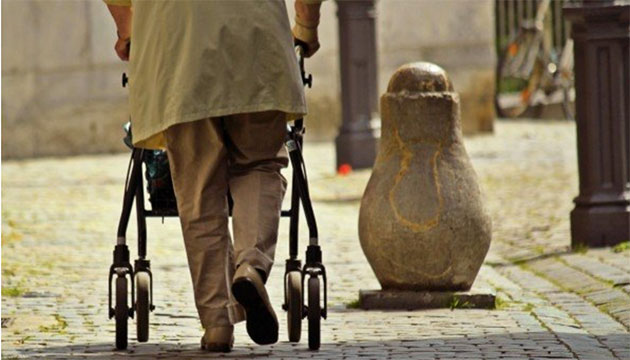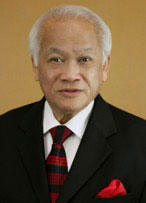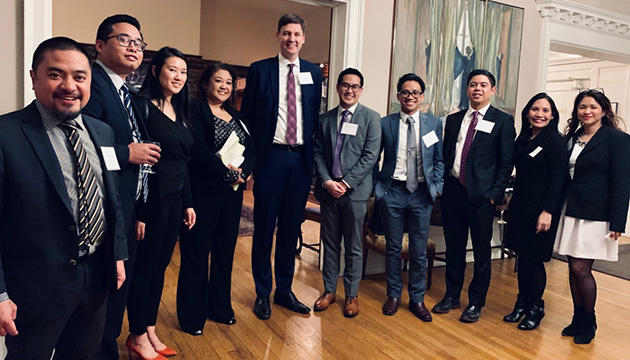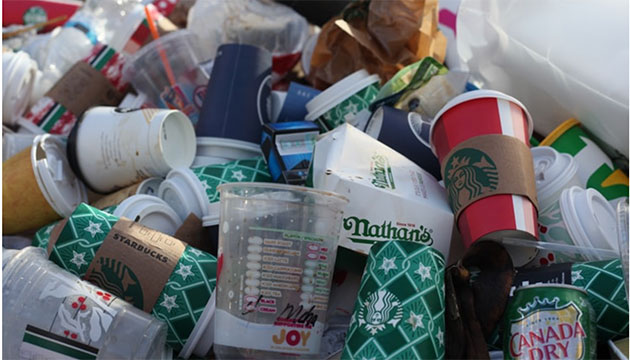Do we hear their cry for care? Are we fully committed this time in history to foster and nurture as a nation our fiduciary relationship, in its full dimensions, to the residents of Canada’s long-term care homes and CHSLDs and their healthcare providers?
Tragedy of Deaths
In the three months since the eye of this pandemic storm landed at The Lynn Valley Care Centre, a 200-bed long-term care facility in west-coast British Columbia, during the first week of March and its subsequent eastward spread to Ontario and Quebec, where the human toll was greatest, the COVID-19 virus has starkly shown its lethal fury upon the seniors and elderly of our society (see related article in this issue, Tragedy of Deaths in Long-Term Care Homes). Much more than half – as much as 80% at times – of the deceased Canadian population who succumbed to COVID-19 were residents in long-term care homes; the obituary included some of their care providers.
Were we surprised at the magnitude of illness and deaths? We were more heartbroken at not being prepared than surprised. Both the World Health Organization and the US Center for Disease Control and Prevention had issued earlier health warnings, long before the full pandemic onslaught, on the vulnerability of these long-term care settings and their citizens to outbreaks because of the frailty of the residents who live in close quarters that can facilitate the spread of infections.
Why did we fail?
There was apparent dereliction of duty on the part of these very institutions entrusted and expected to deliver the needed care, preventively and promptly. There was palpable abdication of responsibility on the part of the institutional authorities obligated to oversee and enforce the quality of service delivered and to take stock and ensure the availability of motivated managers, skilled workers, protective personnel equipment and other supplies. It appears both the institutions and the oversight authorities failed the residents.
Yet, there was ample time to prepare since it was already known before the virus took a foothold that seniors over the age of 60 are more susceptible both (1) to getting the SARSCoV-2 infection and (2) to developing the severe form of the disease. Yet, the neglect happened, wittingly or unwittingly. Yes, in our country deemed the second-best in the world for quality of life and living.
The grim observations were detailed in writing by the members of the Canadian Armed Forces (CAF), who were called to the rescue to these care homes. Reading the riveting revelations of human insensitivity and uncaring attendance given the residents in their moments of greatest need pierces the heart..
Altruism, Courage, and Redemption
I take this juncture to convey to CAF members and command our grateful salute and admiration first, for their altruism to serve extraordinaire, and second for courage to document. How heart-rending it must have been for them to document what they were witnessing while simultaneously directly assisting the staff and providing the needed medical care and emergency services. Their altruism most certainly helps redeem, in part, the collective anguish we share as a nation.
We could further redeem ourselves by taking the opportunity during recovery or pause before a second pandemic wave to draw lessons from the recent eyewitness accounts by Canadian Armed Forces members who answered the call and helped the besieged long-term care facilities in the two provinces. Also, we can draw lessons from the analysis of insightful thinkers and from published scholars on the subject
Sin of Omission?
Aaron Wherry, in his May 28th CBC News posting, observed and lamented the “the pandemic has aggravated problems in long-term care that politicians have known about for decades.” He reminded us what the Canadian Medical Association in its 1984 task force's final report to the government had observed then: "The standard of care provided in many nursing homes is grossly inadequate…They provide a life of immobility and tedium, and lack any guarantee of adequate basic care." He related his observations to the “deadly vulnerabilities in Canada's long-term care system” as recently exposed by the members of the Canadian Armed Forces.
He offered the interesting insight that “the general neglect of long-term care might be traced back at least as far as the creation of medicare in Canada.” At the time, it was not included as an “insured service” under the Canada Health Act of 1984 that we have today. Back then, “most senior citizens were cared for by their extended families; didn't receive the same level of care they do now; and dementia was also less of a problem.”
What, indeed, are the prospects for progress?
Great, boldly I would say. The needed prescription is available as recommended by Dr. Pat Armstrong and her group. They have offered the following recommendations, encapsulated under the heading Re-imagining Long-term Residential Care in the COVID-19 Crisis and based on the work their team – international and interdisciplinary- has done for over a decade. [About the Authors: Pat Armstrong, PhD (Co-PI) is Distinguished Research Professor in Sociology and Fellow of the Royal Society of Canada. She held a Canada Health Services Research Foundation/Canadian Institute of Health Research Chair in Health Services, and teaches at York University. Jacqueline Choiniere, RN, PhD (Co-PI), is Associate Professor and Graduate Program Director in the School of Nursing, Faculty of Health, at York University. Armstrong, PhD (Co-Investigator), is Distinguished Research Professor and Professor Emeritus of Social Work and Political Economy at Carleton University. Ruth Lowndes, RN, PhD, is Research Associate at York University. James Struthers is a Professor Emeritus in Canadian Studies at Trent University in Peterborough, Ontario.]
They grouped their suggestions into A and C, and I have added my group B, drawn from data in their Report:
A. Short-term recommendations:
1. Making all staff permanent and limiting their work to one nursing home;
2. Raising staff wages and benefits, especially sick leave;
3. Rapidly providing testing for all those living, working or visiting in homes;
4. Ensuring access to protective equipment immediately; and
5. Severely limiting transfers from hospitals.
B. Medium-Term recommendations (I have taken the liberty of drawing and adding additional points from their comprehensive study and Report that I consider would be useful to undertake, in the medium term, guided by my assumption that a second wave of the pandemic is inevitable.)
1. Education and training of workers
2. Attend to context and diversity.
3. Temporarily refit some public spaces to allow physical distancing
4. Lift the surcharge on private rooms.
5. Listen carefully to staff, residents, families and volunteers, taking their ideas into account.
6. Need staff rooms that not only allow a private space for respite but also for changing out of travel clothes that bring in viruses.
7. Begin eliminating the outsourcing of services such as dietary and housekeeping; services that also bring outsiders into the home on a regular basis, outsiders who may or may not have education for health care.
8. Provide testing for all those living in, working in, or visiting nursing homes
9. Provide hands-on training for all those entering nursing homes.
10. Offer alternative housing for staff during a pandemic wave
C. Long-term recommendations:
1. Policymakers should more effectively integrate long-term residential care into the public health care system, through federal legislation similar to the Canada Health Act, in order to develop a universal public long-term care plan that is accessible and adequately funded;
2. Stop privatization and promote non-profit ownership;
3. Ensure protective equipment is stockpiled for the future;
4. Build surge capacity into labor force planning and the physical structure of facilities; and
5. Establish and enforce minimum staffing levels and regulations.
I feel the public must soon be engaged on these recommendations in a dialogue format, not debate, for the purpose of distilling a public consensus.
Creative and Cooperative Federal-Provincial-Territorial Leadership and Will
Indeed, the public mood for the needed change is palpable. The Prime Minister, I feel resolutely confident, is intent on moving significantly on the challenge and is heeding the “cry for care.” I made this discernment after hearing his statement to the media: “As I’ve said many times, we need to do a better job of caring for seniors. They raised us. They built this country.” These statements reflect a deep sense of humanity. Coupled with creative and cooperative leadership and will at the federal, provincial and territorial levels of government, we can anticipate the fruition of our collective aspiration – a safe, healthy and caring environment for both residents and care providers in CHSLDs and long-term care homes, nationwide.
Let me end with this quote from the World Health Organization: “A society that treats its most vulnerable members with compassion is a more just and caring society for all.”














